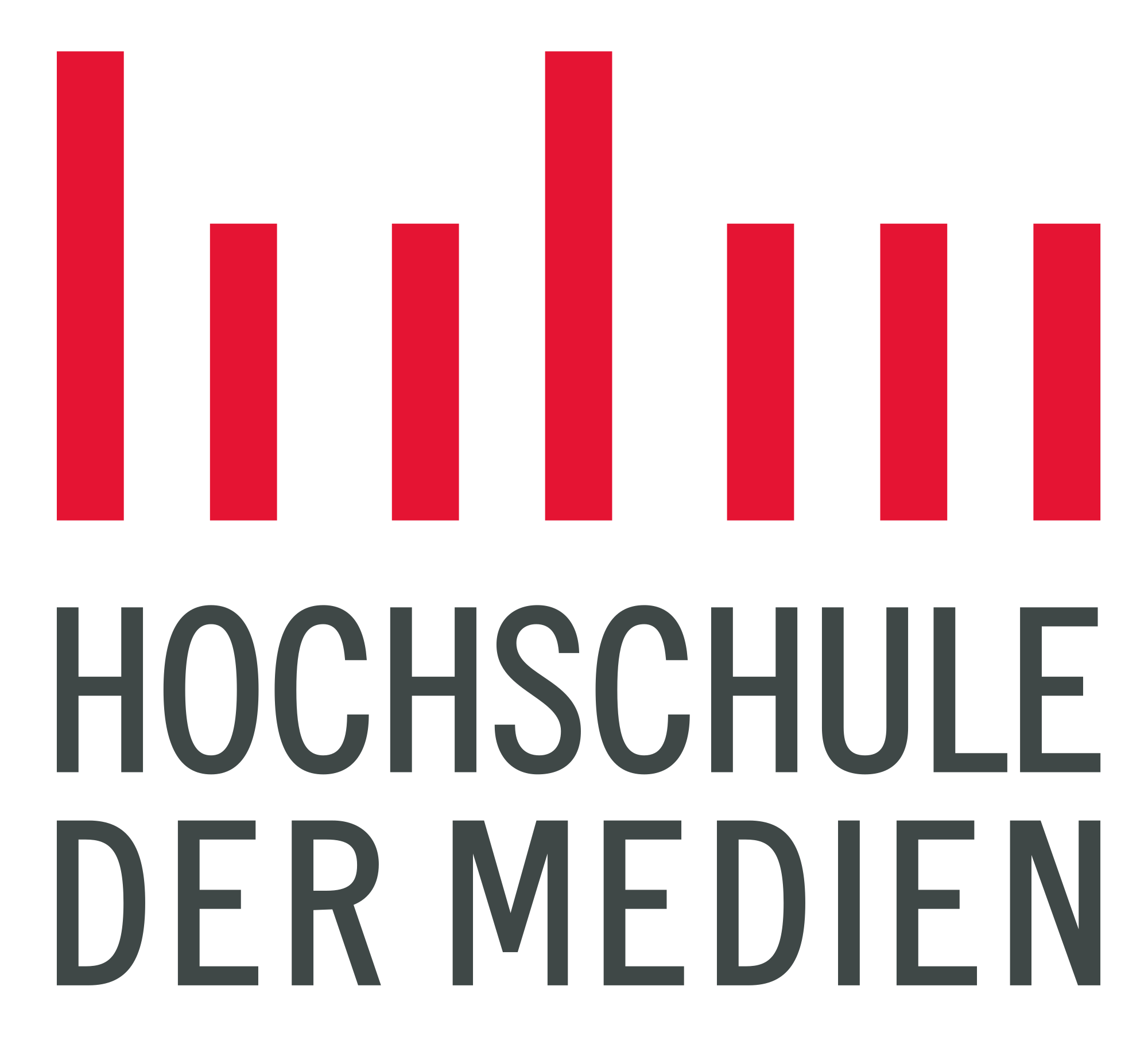Creation Close at Hand!
“Hi, I am Callum from Great-Britain and I am interested in additive manufacturing. I have chosen Print Media Technologies to advance my knowledge in printing and beyond.”
We are about to witness the next industrial revolution. 3D printing, also known as additive manufacturing (AM), refers to processes used to synthesise a three-dimensional object. More computer graphics and CAD software will support direct printing from within the software, consequently making printing easier for the end user. Top computer graphics software will integrate to 3D printing. 3D printing is said to revolutionise many parts of the industry.
3D Printers are melting filament, most commonly PLA, in their print heads. Then the liquid material is pushed through a nozzle, onto the printing bed. There it is immediately cooling down enough to be hardened again. Through printing layer onto layer and therefore building up the model, the print is finished. Nowadays there are different options available like using different filaments for one model or building electronics into the 3D printed model.
The HdM has its own initiative for 3D print. Any student can use the 3D printers at the university and print their own models. In the industry, additive manu-facturing is used in many different fields, ranging from printing car parts or decorative articles to printing backup devices for rockets.
